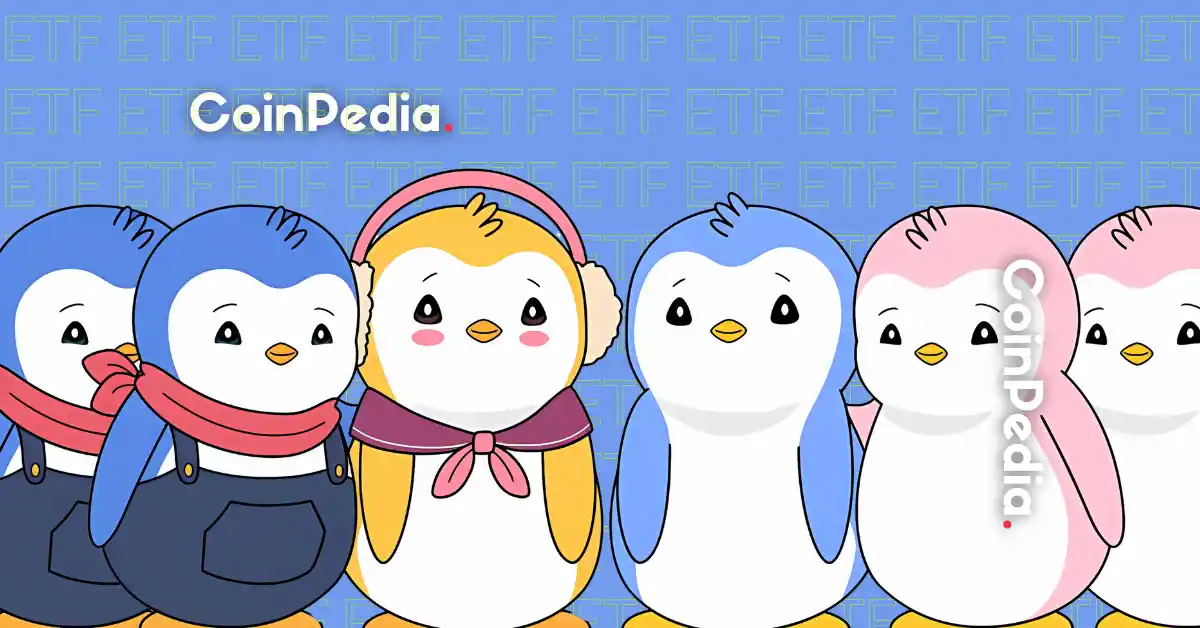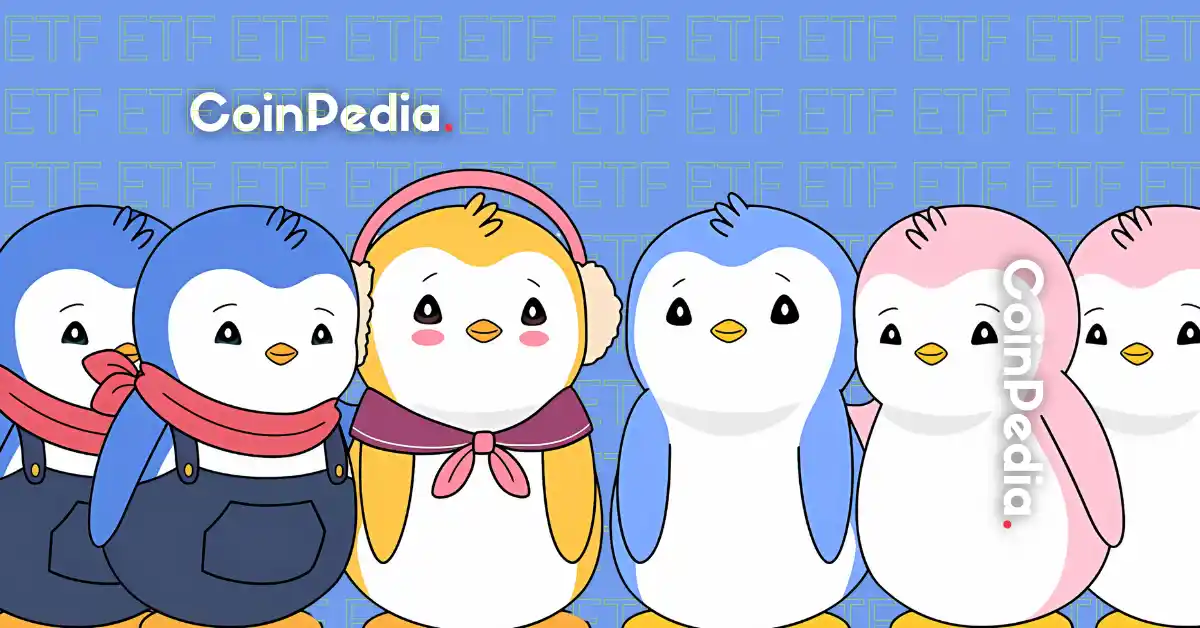PENGU’s Ascent: An ETF Spark Ignites a Meme Coin Frenzy
In the dynamic world of cryptocurrency, meme coins have carved out a niche that blends internet culture with speculative investment. These digital assets, often born from viral trends and social media hype, have defied conventional financial logic, yet their potential for rapid growth has attracted both retail and institutional investors. Among the latest meme coins to capture attention is PENGU, a Solana-based token inspired by the popular Pudgy Penguins NFT collection. The recent filing of an exchange-traded fund (ETF) by Canary Capital, aiming to provide regulated exposure to PENGU tokens and Pudgy Penguins NFTs, has sparked a frenzy in the meme coin market, propelling PENGU’s price to new heights.
The Canary in the Coal Mine: SEC Acknowledges the PENGU ETF
The United States Securities and Exchange Commission’s (SEC) acknowledgment of Canary Capital’s ETF filing is a pivotal moment for PENGU and the broader meme coin ecosystem. This is the first time the SEC is reviewing an ETF that combines a Solana-based meme coin, Pudgy Penguins NFTs, and cryptocurrencies into a single regulated product. The proposed ETF, if approved, would allocate 80-95% of its holdings to PENGU tokens on a spot basis, with the remaining 5-15% allocated to selected Pudgy Penguins NFTs.
The SEC’s decision to consider the filing highlights the growing legitimacy of the digital asset space and the increasing demand for regulated investment avenues. While approval is not guaranteed, the acknowledgment itself is a significant milestone for PENGU, signaling that meme coins are no longer dismissed as mere internet fads. This development could set a precedent for other meme coins and NFT projects seeking similar regulatory approvals, potentially reshaping the landscape of digital asset investing.
Market Reaction: A Price Surge of Epic Proportions
The news of the SEC’s acknowledgment triggered a dramatic surge in PENGU’s price, with the meme coin experiencing a 34% increase within hours of the announcement. This price surge catapulted PENGU to the top of the cryptocurrency charts, making it one of the best-performing digital assets in the market. The surge was accompanied by a significant increase in trading volume, indicating strong investor interest and speculative activity.
PENGU’s market capitalization also ballooned, briefly surpassing $1 billion, a testament to its growing popularity and the potential for viral adoption. Analysts attribute the price surge to a combination of factors, including the ETF buzz, renewed optimism in the broader cryptocurrency market, and increased whale activity. The potential for institutional investment through the ETF has undoubtedly fueled speculation and driven up demand for PENGU tokens.
Understanding the PENGU Ecosystem: More Than Just a Meme
While PENGU is classified as a meme coin, it is important to recognize its connection to the Pudgy Penguins NFT collection. Pudgy Penguins, known for their cute and quirky penguin avatars, have cultivated a strong and engaged community. The NFT collection has also spawned various spin-off projects and initiatives, further solidifying its presence in the digital asset space.
The PENGU token serves as a utility token within the Pudgy Penguins ecosystem, potentially offering holders access to exclusive content, community governance rights, and other benefits. This underlying utility differentiates PENGU from purely speculative meme coins and may contribute to its long-term sustainability. The integration of NFTs and utility tokens within the PENGU ecosystem adds depth to the project, making it more than just a meme coin.
The Road Ahead: Challenges and Opportunities
Despite the recent price surge and the excitement surrounding the ETF filing, PENGU faces several challenges in the road ahead. The SEC’s approval process is rigorous and can take months, if not years. There is no guarantee that the PENGU ETF will be approved, and the SEC could ultimately reject the filing due to concerns about market manipulation, investor protection, or other regulatory issues.
Furthermore, meme coins are inherently volatile and susceptible to sudden price swings. The value of PENGU could plummet just as quickly as it has risen, leaving investors with significant losses. It is crucial for investors to conduct thorough research, understand the risks involved, and invest only what they can afford to lose.
However, the potential opportunities for PENGU are also substantial. If the ETF is approved, it could open the floodgates to institutional investment and significantly increase the demand for PENGU tokens. This could drive the price even higher and solidify PENGU’s position as a leading meme coin. Moreover, the PENGU ETF could pave the way for other meme coins and NFT projects to seek similar regulatory approvals, ushering in a new era of mainstream adoption for the digital asset space.
Conclusion: A Penguin’s Gamble
The PENGU story is a fascinating example of how internet culture, financial innovation, and regulatory scrutiny can converge in the world of cryptocurrency. The SEC’s acknowledgment of the PENGU ETF filing has ignited a meme coin frenzy, sending the token’s price soaring and sparking speculation about the future of meme coin investing.
While the road ahead is fraught with challenges, the potential rewards are significant. Whether PENGU will ultimately succeed in its quest for mainstream adoption remains to be seen. The journey promises to be a wild ride, full of surprises and unexpected twists. One thing is certain: the PENGU saga is a reminder that in the world of cryptocurrency, anything is possible. The intersection of meme culture, utility tokens, and regulatory innovation continues to redefine the boundaries of digital asset investing, making PENGU a compelling case study in the evolving landscape of cryptocurrency.












